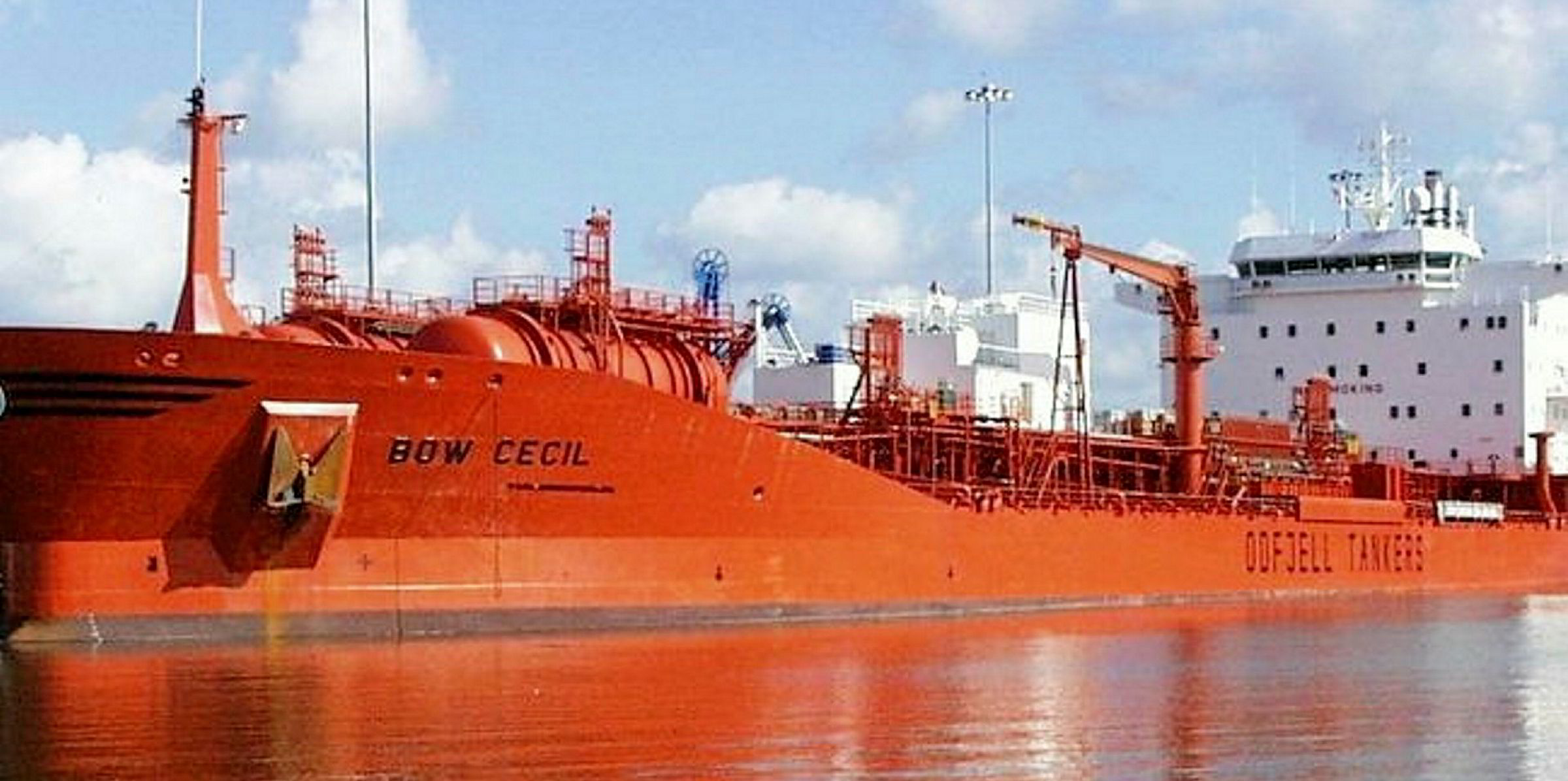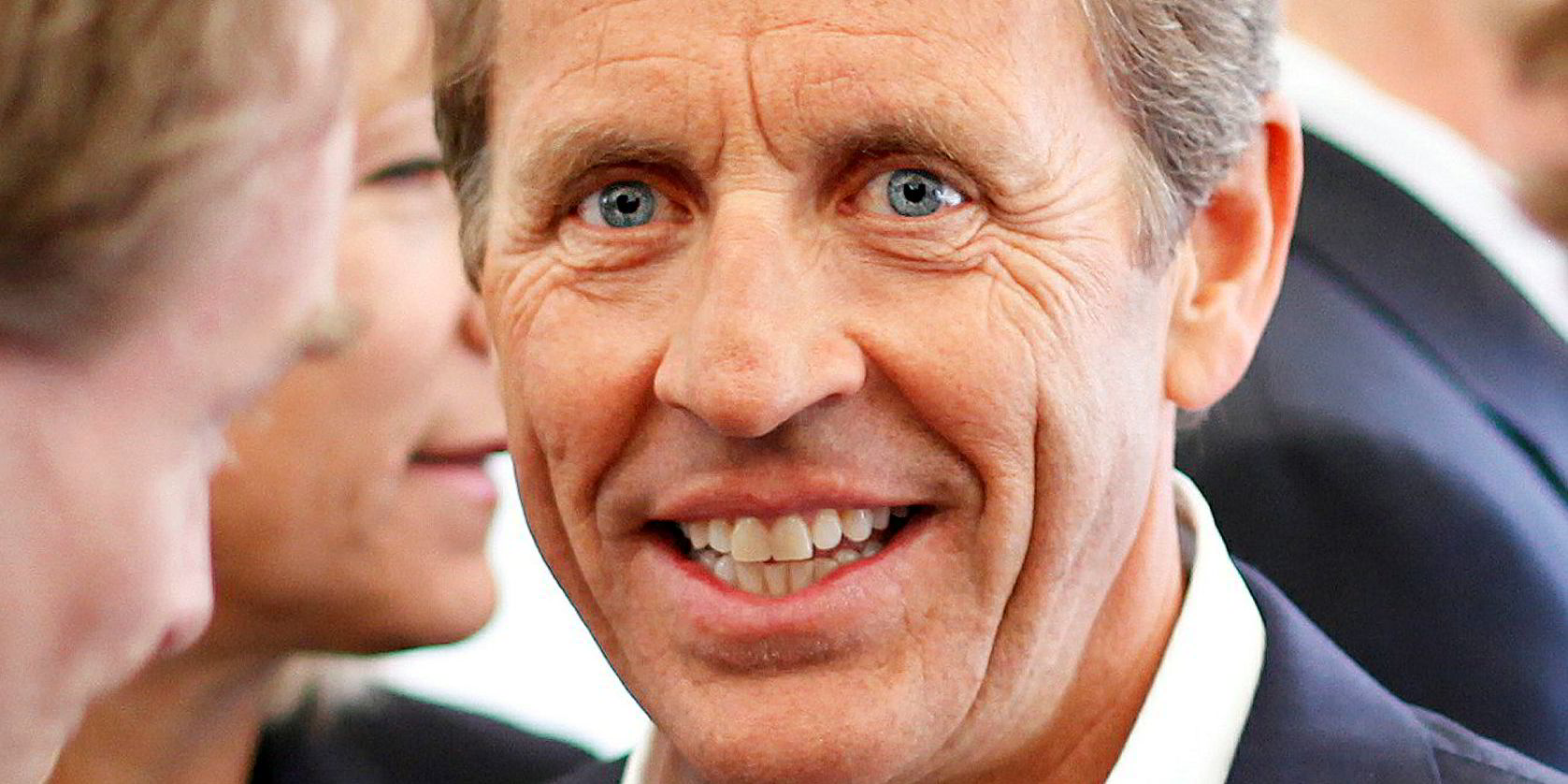Odfjell chief executive Kristian Morch has outlined the case for merging its A and B shares.
But the boss of the Norwegian chemical carrier owner has also explained why having the distinction in classes of shares can be helpful.
Morch was asked on the company's live webcast to investors if there was a plan to create a single stock type to increase trading liquidity.
"This is something that we'd really like. I think it would make sense to do it, but you also have to consider a couple of things," he said.
"First you have to convince our shareholders to do it. We had a process some years ago that stopped just short of that."
But he added that "not only bad things" come from having two share classes.
No worries about takeovers
"In times of crisis like the one we've been through in the last two years, with a share trading at half its book value and even less on net asset value, we don't have to worry about any hostile attempts on the shares, because we have a shareholder that's in good control and that's actually a blessing," he said.
"Yes, it would solve some of the liquidity issues, but I'm not personally convinced that it would be one silver bullet."
However, he concluded that when shareholders are ready to accept a merger of the share classes, Odfjell management would recommend the move.
Only holders of A shares have voting rights at its annual and extraordinary general meetings. In all other respects, the two classes of shares are equal and have the same rights to dividends.
Separate share classes are often created to keep power in the hands of a small number of investors.
Chairman in control
At the end of 2018 there were 1,221 holders of Odfjell A shares and 526 holders of B shares. Some own shares in both classes.
The biggest shareholder is Norchem, in which chairman Laurence Odfjell has a controlling interest.
This company has nearly 26m A shares and 5.53m B shares, equalling 43% of the votes and 36% of the equity.

Odfjell is its own second-biggest shareholder, with 9%.
Meanwhile, Morch said the company is closing in on a refinancing effort.
The move would allow the company to redeem our bond in the first quarter of next year if the bond market should not open, he said.
The company has $82.5m of bond maturity falling due in the first quarter of 2021. It has previously said it is considering refinancing some of its debt-free ships.
New talks with banks
Chief financial officer Terje Iversen said: "That process is very much developed."
He added that the company is targeting a total boost of up to $50m by also talking to lenders.
"We are in talks with a couple of banks for liquidity, for possible repayment of the bond without issuing any bonds in the market. We don't want to draw on that facility before January, so we don't add on too much interest cost," the CFO said.
"If we succeed with these initiatives we should be more than covered."
Odfjell also wants to cut debt levels and pay dividends to shareholders.
The shipowner has secured and amortised debt of $962m and wants to reduce this to between $550m and $650m, saving $850 per day in interest.
Total debt is $1.12bn. It is targeting instead a figure between $750m and $950m, leading to cash savings of $3,375 per day.





